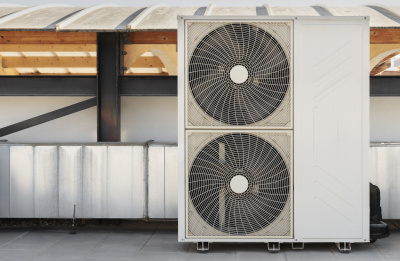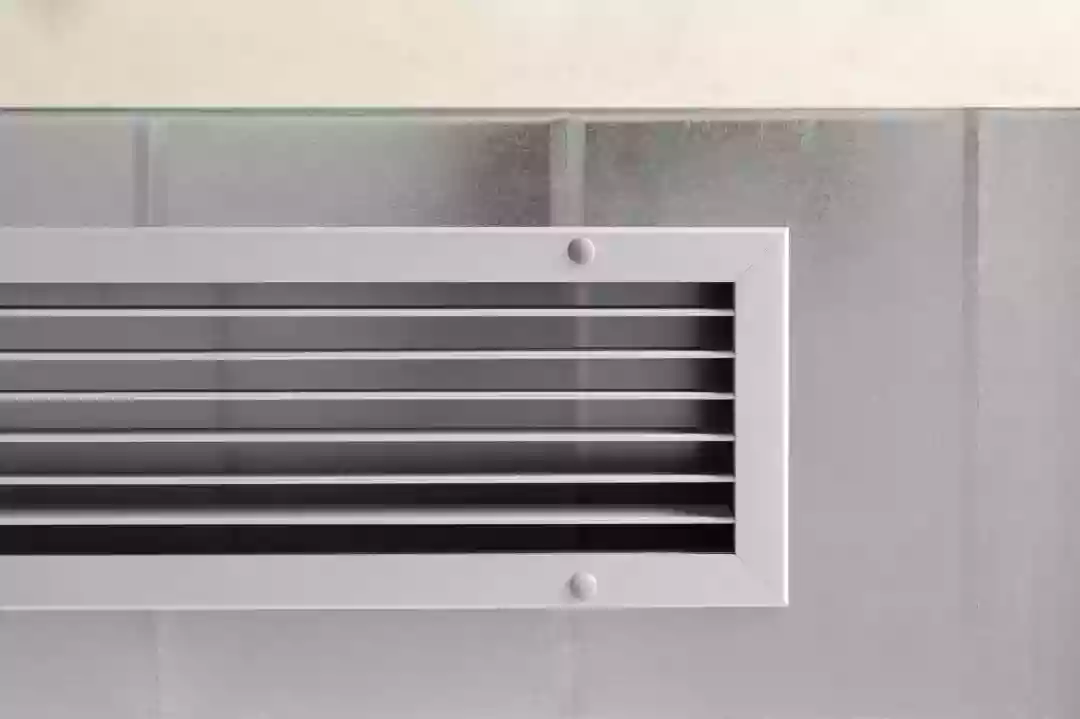Rats
A filthy duct system is one of the most typical areas for a pest infestation to begin. As air flows through the system, dirt and other debris may accumulate and provide bugs with an ideal home. This highlights how crucial it is to guarantee that your ductwork is routinely cleaned and maintained. One of the most frequent pests to settle in homes and workplaces is rats. They frequently seek dirty ducts because of the warmth and security they offer. Rats can enter the ductwork thanks to their strong claws and ability to eat through insulation. Once inside, they could create nests and procreate swiftly, resulting in a sizable infestation. It's crucial to get your ductwork cleaned often to keep rats out of your ducts. Rats can eat through things like electrical cables, refrigerant lines, and HVAC components, which can harm your property if they start to munch their way through it. Because of the warmth, safety, and ease of movement they provide, air ducts in homes are one of the sites where rats and mice are most frequently seen. Calling a specialist is strongly advised if you think you could have a rat infestation in your air ducts.
Spiders
The only thing separating you from all the outside creatures are the walls of your house. However, creepy crawlers like spiders will enter your house seeking warmth, shelter, and food if there is even the smallest hole. Even if you believe you have sealed up all the tiny gaps and crevices in your house, there is one entry point you've probably overlooked: your air vents may serve as a spider's point of entry. Spiders are ready to enter your house, and there are two ways they do so, particularly in the autumn when they're looking for a partner and refuge. Hitchhiking on you is one strategy. Spiders can also enter your house through any unnoticed cracks or gaps. You probably know enough to have screens on every window, seal any gaps around doors, and install door sweeps, but you could have forgotten about your air vents. Spiders have plenty of room to enter your house through these grates.

Need assistance finding ductwork cleaning near you?
Get a QuoteMice
Even in brand-new, spotless, and contemporary homes, mouse infestations in the ducting are a regular issue. Mice, which are pests that ruin property, contaminate food supplies and even transmit diseases to people and animals, may live in any ducting. The HVAC system's heating ducts are the most typical location for these critters to congregate. In addition to using the ductwork as a route between their homes, rodents may also utilise it as a refuge. Your home's ducting draws mice for three main reasons: security, warmth, and food supplies. Once inside a home, they often reside or travel through dark areas like hallways. These shadowy areas include duct systems, crawl spaces, and wall cavities. The tiny critters can squeeze through tight spaces and scale walls, making them nearly undetectable and even stopping if they are not discovered in time.
Squirrels
Similar to mice, larger animals like squirrels can harm property. Fortunately, as they scurry through your attic or ducts, they are easier to hear. To capture and get rid of the critters, contact a reputable pest control business. If the animals leave behind any faeces or other debris, you might want us to clean your ducting afterwards. You'll need to fix or replace your ductwork if squirrels eat through it. Your energy costs will drastically increase if you have duct holes that let warm and cold air escape. Your HVAC system will use more energy if the repair is neglected.
Animals who decide to build their home in your ducts won't be very kind to them. They'll build nests and leave garbage behind that harms the material. They could even gnaw through various pieces and expose wiring, which might cause a fire. The fact that it portends terrible news for your HVAC system is the main problem. The components may experience excessive strain as a result, necessitating repairs or possibly replacement. An animal will ultimately pass away in your air ducts if it stays there long enough. The foul odour from its carcass decaying in the duct will permeate the entire house. This is obviously undesirable and can often make you ill.
Cockroaches
Invasive, challenging to control pests, cockroaches may live in the unlikeliest of settings. While unclean living circumstances are frequently linked to infestations, that isn't always the case. Cockroaches are excellent at slipping through tight areas undetected because of their flat, compact bodies, and your home's air vents are one of the places you'll find them most frequently. Cockroaches may easily travel via household vents, especially during the colder months when they look for warmth in concealed areas. Since they are skilled survivors, cockroaches like to live in warm, dark places that are close to reliable sources of food and water. Unfortunately, this implies that the majority of HVAC systems in homes provide a perfect home for them. Since of the condensation that the air conditioner creates, cockroaches are drawn to them since they constantly have access to water. Cockroaches can enter your home through the HVAC system, which includes the air handler and vents.
Cockroaches may enter your vents through a variety of openings, including seams, fissures, and cracks. Typically, they enter through the drain pipes or a broken or weak seal. Any room in your house can get overrun by cockroaches when they get into your air vents. Once inside, they may easily access your ductwork and therefore, the rest of your home. The chances of getting bitten by a cockroach in a typical household infestation are quite slim. Cockroach attacks are relatively uncommon. The chance of them risking searching a human for food is small if there is an active food source nearby, such as food crumbs or rubbish.
In this article:

